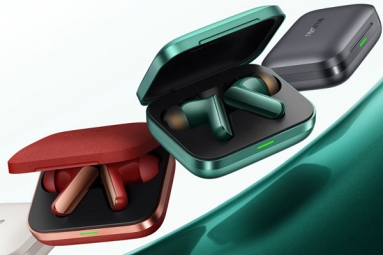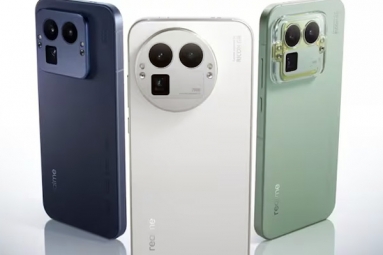
(Image source from: x.com/realmeglobal)
Smartphone storage part prices have been increasing, as per recent news. With worries that original equipment manufacturers (OEMs) might raise the prices of their devices, a top official at Realme has shared that the company aims to absorb the higher costs of parts. This announcement comes just before Realme is set to introduce new products, such as the Realme GT 8 Pro, which was recently presented in China. The sector is experiencing greater demand for memory parts for artificial intelligence (AI) operations and cloud systems. In a post released on X (previously known as Twitter), Realme's Head of Product Marketing, Francis Wong, mentions that storage and memory parts are becoming pricier. Nevertheless, the Chinese smartphone manufacturer intends to handle these price increases by broadening its range of component suppliers and enhancing product design, while also improving supply chain management. Wong noted that the company will strive to avoid passing these price increases onto customers, so that its two upcoming products, set to launch later this year, remain unaffected.
Furthermore, the Realme official indicated that whether a tech company is offering a high-end phone or a more affordable one, the financial strain is experienced throughout all categories. He identified four reasons why parts are becoming more expensive, including increased demand driven by AI usage, changing production priorities, shifts in trade policies, and a greater reliance on local manufacturing. Wong explained that generative AI, cloud infrastructure, and sophisticated computing have boosted the demand for memory products. Since the supply has not matched the demand, there has been a shortage for smartphone manufacturers like Realme. Additionally, OEMs making NAND Flash, DRAM, and SSDs have shifted their focus towards creating high-bandwidth memory (HBM) for AI uses.
Moreover, global supply chain systems have faced interruptions due to changes in trade policies and technology limitations. Companies such as Apple have been working to grow their manufacturing presence, moving a large part of their production to India. However, manufacturing in India comes with its own challenges. The Realme official pointed out that while the brand promotes “Make in India,” essential components like NAND and DRAM still need to be brought in from abroad, making them vulnerable to global price fluctuations.



















